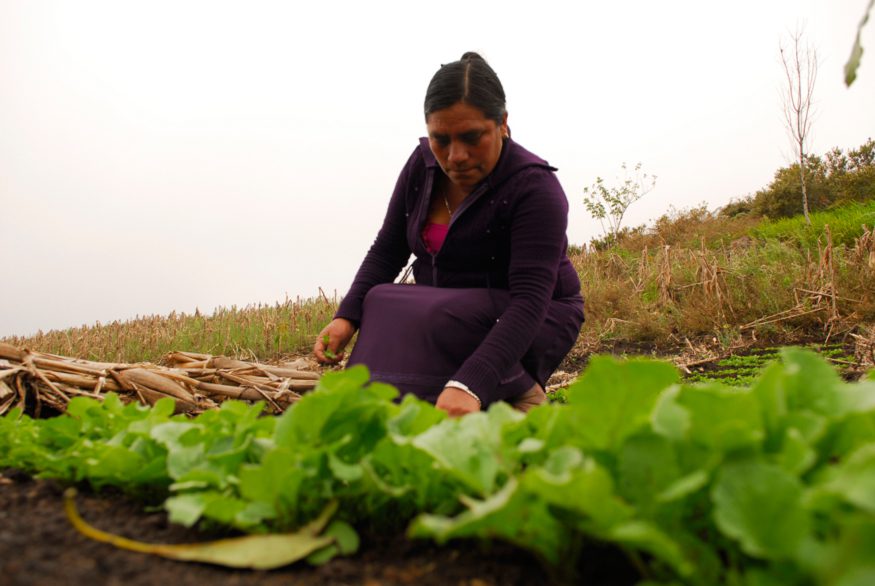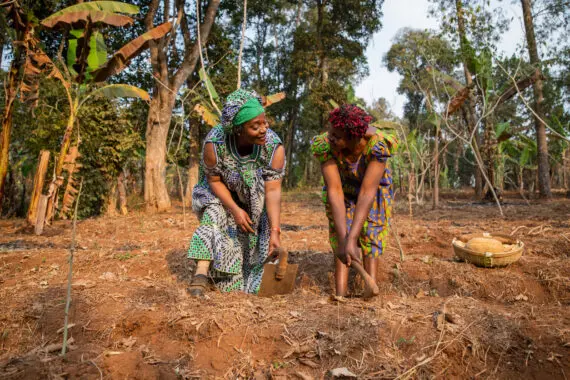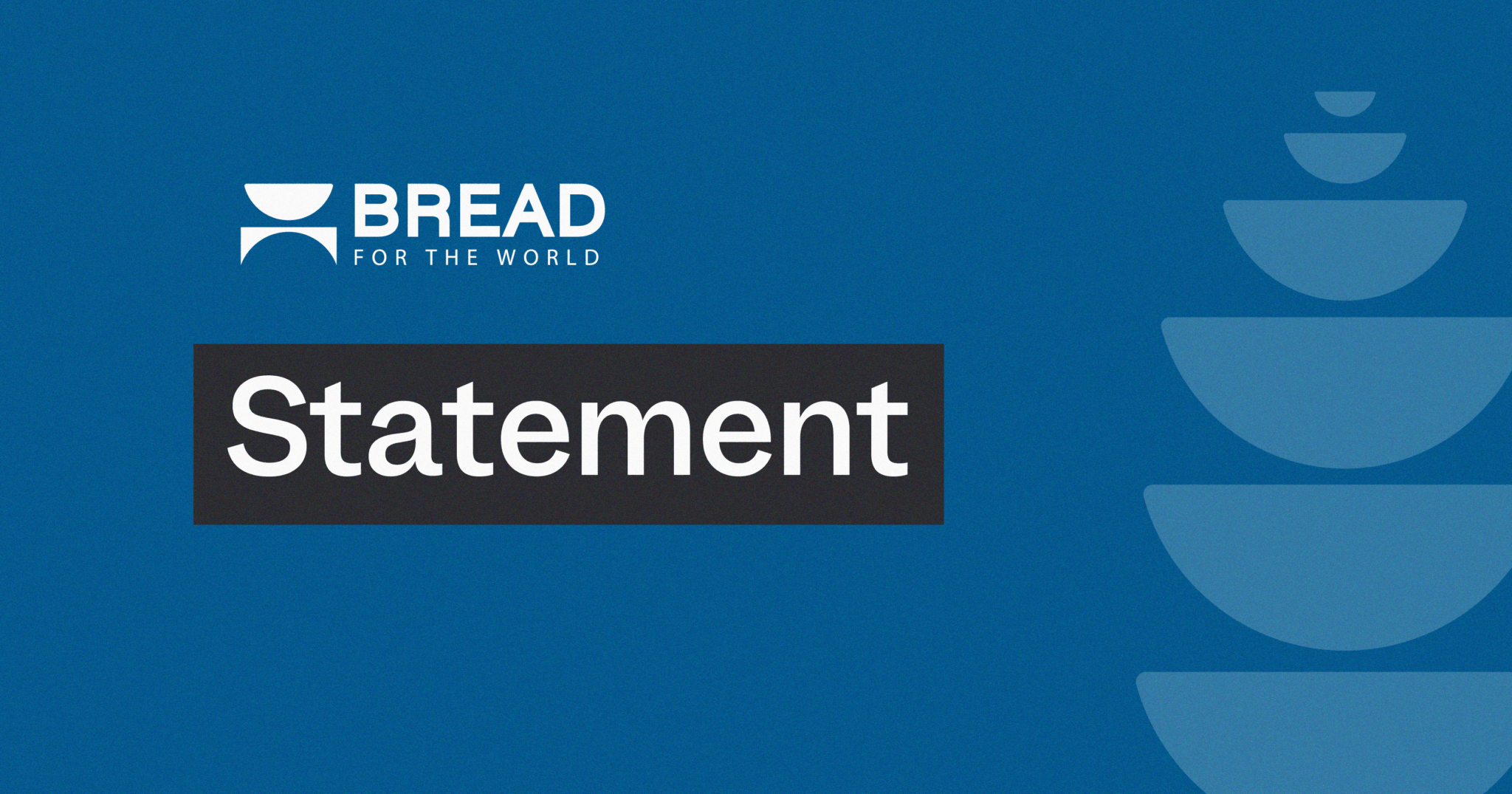By Faustine Wabwire
There are forces that make the world less safe for everyone, regardless of where we live. They include conflict in countries with weak institutions; the repression of public calls for social change so that it becomes explosive, and the combination of demographic pressures and climate change.
As Congress debates the next fiscal year’s budget, I cannot emphasize enough the need for stronger commitment to U.S. foreign assistance. Currently, U.S. foreign assistance accounts for less than 1 percent of the federal budget. This small amount of money makes a huge difference in the lives of the world’s approximately 800 million hungry people.
Assistance to help people caught in hunger emergencies is even more urgent today: the world is facing the most serious food crisis since World War II. 20 million people in four countries — northeastern Nigeria, South Sudan, Somalia, and Yemen — are facing famine or are on the verge of famine. There is much we can do to save millions of lives, but the window of opportunity to do so is extremely limited.
According to the United Nations, humanitarian agencies urgently need $4.4 billion to respond to and avert famine. So far, only $429 million of this amount has been received. The most immediate needs include improving access to food and treating malnutrition. For more on the famine situation, see “Skinny Budget Versus Hungry Babies” in this issue of Institute Insights.
It is also critical not to abandon these areas once the crisis begins to abate. Support to foster peace and stability, enable people to earn a living, and rebuild public institutions will help ensure that the threat of famine doesn’t simply recur next year or the year after. That is why the administration’s proposed cuts to international development assistance are particularly disturbing.
In this budget environment, it’s worth remembering that U.S. development and humanitarian assistance has inspired other donors to make significant contributions of their own. For example, the World Bank Group is significantly scaling up its response in some countries with hunger emergencies, providing both short-term support for immediate needs and long-term support to reduce the risk of crisis in the future.
While responding to food emergencies is vital, we also know that investing in governance institutions and building agricultural and economic systems that are sustainable in the long run not only saves incalculable human lives and suffering, but is a much more cost-effective approach.
Over the past 15 years, U.S. foreign assistance has paid greater attention to long-term investments in women and children and in country-led initiatives that lay the foundations for sustainable agriculture and livelihood strategies.
A good example is Feed the Future, a U.S. foreign assistance program that complements funding from partner countries themselves and works with American businesses across sectors to improve livelihoods through agriculture value chains. Other efforts, such as the McGovern-Dole Food for Education program, bolsters food security while also supporting local farmers and encouraging girls’ attendance at school.
Cutting funding for these programs will not significantly reduce the deficit — but it will undermine the progress already made and ultimately raise the human and financial costs.
Faustine Wabwire is senior foreign assistance policy analyst at Bread for the World.



